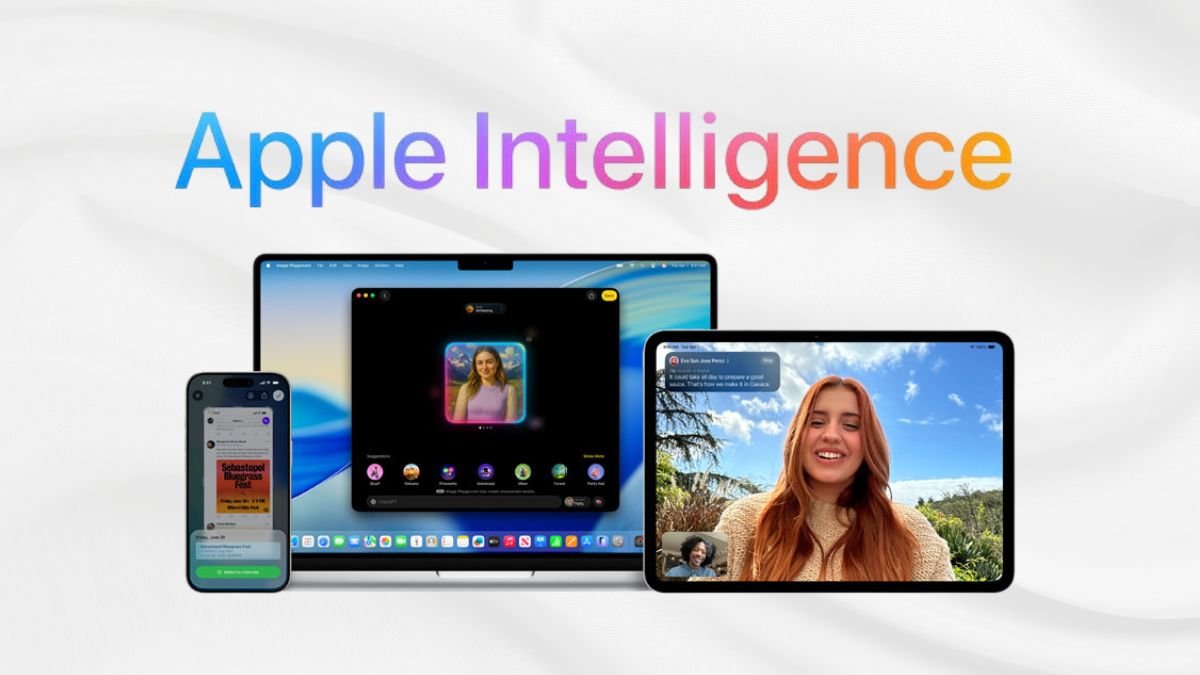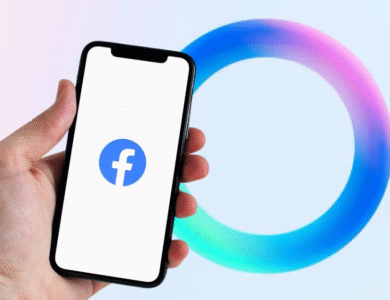
Apple Intelligence Gets Major Update with Live Translation & Visual Intelligence was unveiled at WWDC, setting a clear path for the fall release cycle. This upgrade brings real-time text and voice translation into Messages, FaceTime, and Phone, plus expanded on-screen visual smarts that aim to work across iPhone, Mac, and Watch.
The company says testing starts now, a public beta follows next month, and the full rollout arrives with iOS 26 later this year. On-device processing is central: most tasks run locally for speed and privacy, and Private Cloud Compute handles only what cannot be done on the device.
Users will notice faster Search, smarter writing tools, and richer creative options in Genmoji and Image Playground. Support is limited to recent flagship models, and eight new languages come by year-end to broaden access.
Developers get free access to an on-device large language model via a Swift framework, encouraging private, offline-capable apps. Analysts call the approach measured, yet the changes weave advanced capabilities into daily apps and workflows.
WWDC preview: What’s new in Apple Intelligence across iPhone, Mac, and Watch
WWDC introduced cross-platform changes that put smarter capabilities into the same places people already use. The goal is clear: make helpful tools feel native across phone, tablet, computer, and watch so users see assistance where they expect it.
Under the hood, on-device models gain performance and efficiency upgrades. That means faster, more contextual responses that protect privacy and preserve battery life. Private Cloud Compute steps in only for tasks that need extra power, without storing or sharing personal data.
Platform cohesion is a focus. For example, workout features will link the watch and phone, while the Mac adds creative and writing tools to everyday workflows. UI cues remain consistent, so familiar buttons and gestures now invoke screen-aware actions.
Developers get early access and can test the tools now. A staged public beta follows next month, leading to a broad fall release tied to iOS 26. Third-party apps will soon tap these models, unlocking offline-capable, privacy-first features inside trusted apps.
Overall, the announcements favor practical, day-to-day utility over flashy demos. Expect features and language support to grow through software updates as the rollout reaches initial regions and devices.
Apple Intelligence Gets Major Update with Live Translation & Visual Intelligence
On-device real-time translation now appears inside Messages, FaceTime, and Phone, making cross-language chats and calls feel seamless. The system translates typed text in Messages, shows live captions during FaceTime while keeping the speaker’s voice, and plays spoken translation for standard phone calls.
Live Translation in Messages, FaceTime, and Phone: real-time text and voice translation
In Messages, discreet text conversion keeps conversations flowing without extra steps. FaceTime displays captions in real time and preserves audio, so the exchange feels natural. On the Phone app, translated speech plays back so two people can speak in different tongues during one-on-one calls.
Initial language availability and call types
Supported languages at launch include English (U.S., U.K.), French (France), German, Portuguese (Brazil), and Spanish (Spain). One-on-one FaceTime and Phone calls are supported at release, with more languages planned by year-end.
On-device models keep conversations private and fast
Models run locally to reduce latency and protect sensitive talks. Selective cloud work uses Private Cloud Compute only when needed and does not store personal content. Consistent UI cues let users invoke translation quickly, helping travelers, international teams, and multilingual families.
Upgraded visual intelligence and creative tools: screen-aware actions, Genmoji, and Image Playground
Your screen becomes an active workspace that recognizes content and offers one-tap actions. Screen-wide recognition can identify items, pull up similar products, or extract event details and add them to Calendar. The controls match the familiar screenshot gesture, so invoking these actions feels immediate and natural.
Visual recognition across the display
On-screen analysis interprets images and text to suggest relevant actions. Tap a detected item to search for similar products, copy content, or auto-fill event fields. This reduces app switching and saves time.
Genmoji enhancements
Genmoji now blends emojis and short prompts to create tailored expressions. Users can pick tone, mix icons, and generate a unique genmoji image for messages, profiles, or stickers.
Image Playground upgrades
Image Playground adds new styles like oil painting and vector art and lets users refine facial expressions or personal details. Advanced generations can optionally route through ChatGPT only after explicit permission, keeping user control central.
Productivity and privacy — Search, Writing Tools, and Shortcuts link to these features so users can summarize content, draft text, or chain tasks without leaving an app. On-device processing is prioritized; any cloud-based models require clear consent.
Availability, supported devices, and expanded language support
A staged rollout begins now: developer previews are live, a public beta opens next month via the Apple Beta Software Program, and a broad release is planned for the fall alongside iOS 26. This cadence gives engineers time to refine performance and bug fixes before the general release.
Testing and timelines
Developers can enroll today to test early builds. The public beta arrives next month for interested users. Most consumers should wait for the stable fall builds unless they accept beta risks.
Device compatibility
The new features require iPhone 15 Pro or Pro Max, or any iPhone 16 or 17 model. Older phones are not supported, so upgrade planning may be necessary for users who want full access at launch.
Watch and paired iPhone notes
Some apple watch capabilities rely on a paired iPhone running iOS 26 to execute on-device models. Verify pairing requirements before expecting watch-based features to work.
Expanded language support
The platform will add eight more languages by year-end: Danish, Dutch, Norwegian, Portuguese (Portugal), Swedish, Turkish, Traditional Chinese, and Vietnamese. This broadens translation, search, and creative tools for international users.
Expect features to arrive in stages by region and app readiness. The staggered schedule helps ensure stable performance, but it also means availability may vary. Plan upgrades if you need immediate access to the full suite of new features.
Developer access, on-device large language models, and privacy-first architecture
A free, Swift-based framework lets developers call an on-device foundation model for offline features. Developers can integrate language model capabilities into apps without extra licensing costs or external services.
Free on-device foundation access
Using the framework, teams can invoke the on-device large language model directly. This simplifies prototypes and speeds time-to-market for apps that need summarization, drafting, or translation tools.
Shortcuts and third-party app integrations
Shortcuts expose AI actions that let power users chain summarize, generate, and compare steps. Third-party apps can call the same models so workflows stay consistent across apps and automated tasks.
Private Cloud Compute and verifiable privacy
For heavy workloads, apps may blend local inference with Private Cloud Compute. That selective cloud step keeps user data private: content is not stored, and privacy controls undergo independent verification.
Benefits: lower latency, reliable offline performance, and unified tooling that helps developers build privacy-first features into apps faster.
Conclusion
This update delivers faster, private on-device tools that turn on-screen content into clear outcomes across messages, calls, and images.
Apple intelligence brings practical features: live translation for Messages and Phone, screen-aware visual intelligence for instant actions, and creative boosts in Genmoji and Image Playground.
The company stages the rollout—testing now, a public beta next month, and wide release tied to iOS 26—on supported devices like the iPhone 15 Pro line and newer models.
Developers get access to a Swift framework and an on-device large language model so apps can run locally by default. Private Cloud Compute covers only select tasks, protecting user privacy.
Expect these intelligence features to reach Wallet and Apple Watch workflows, power Shortcuts and Search, and refine how users work and create across products in the year ahead.



